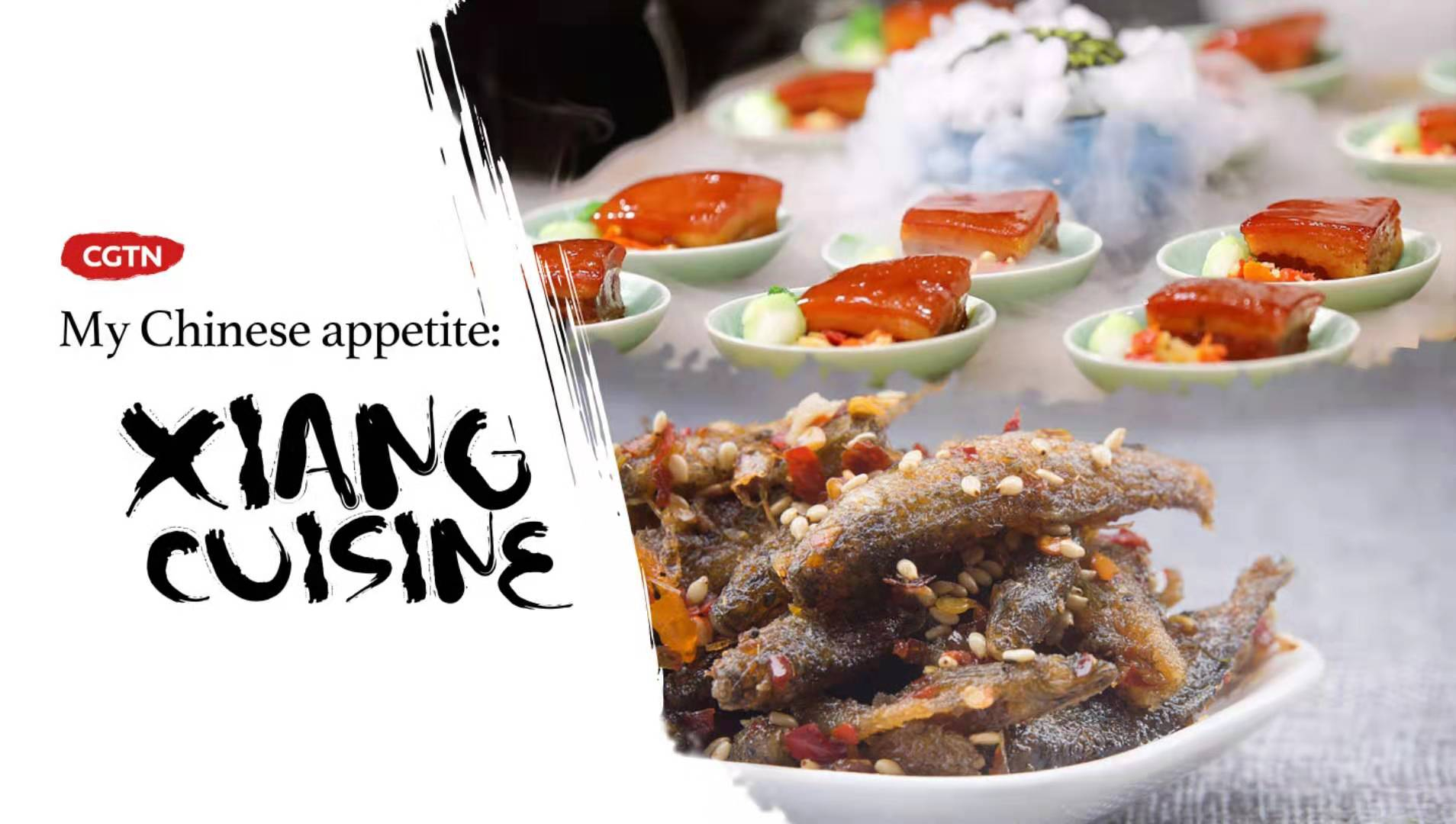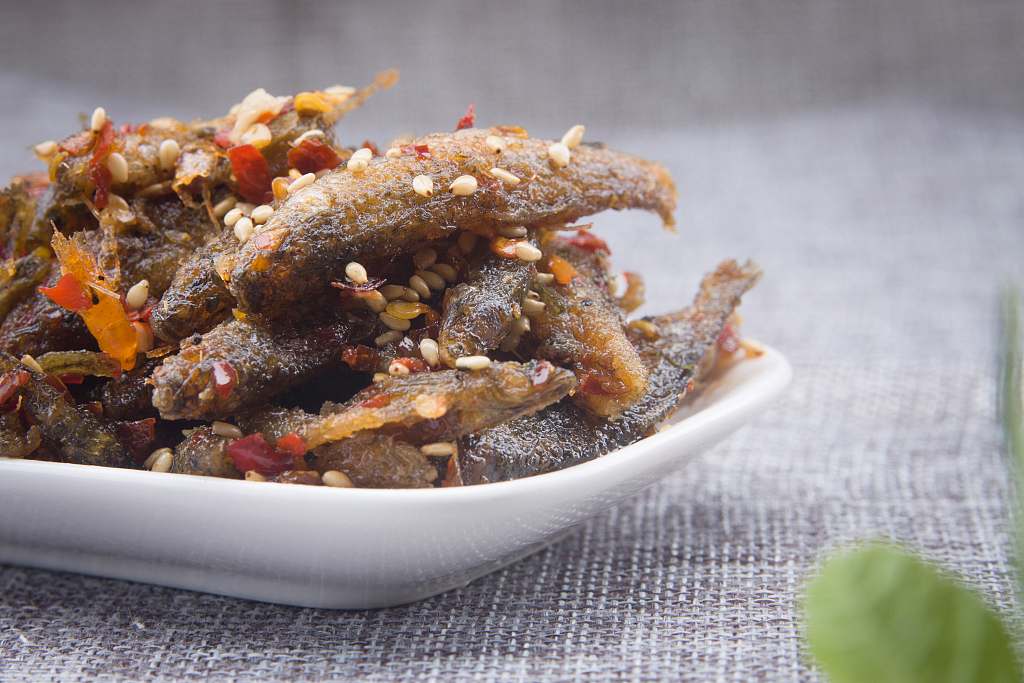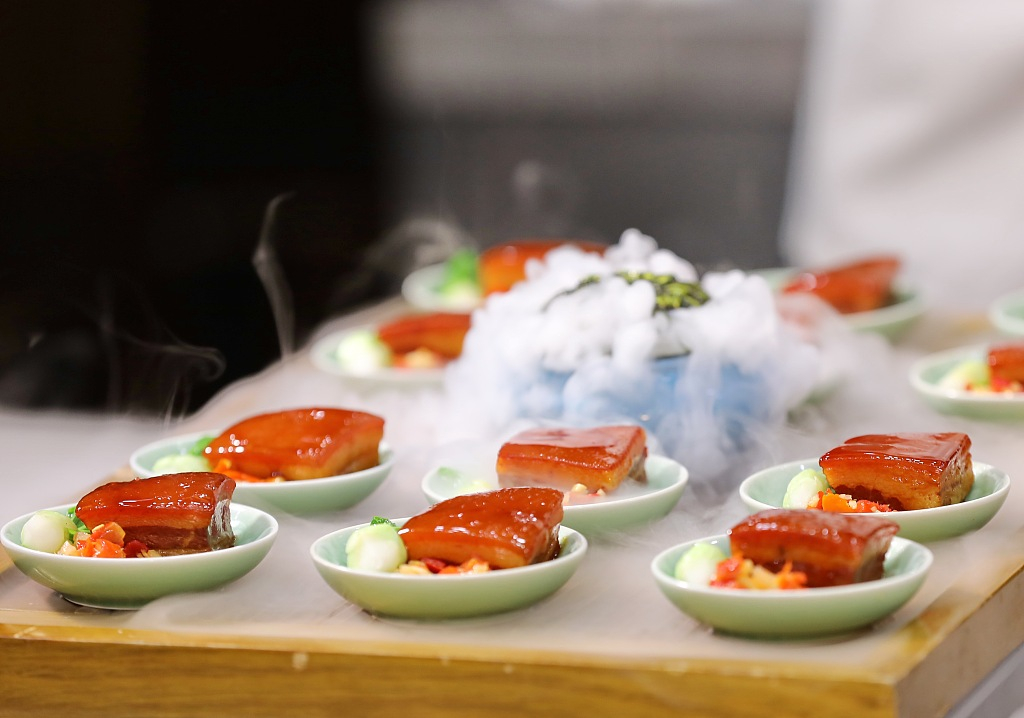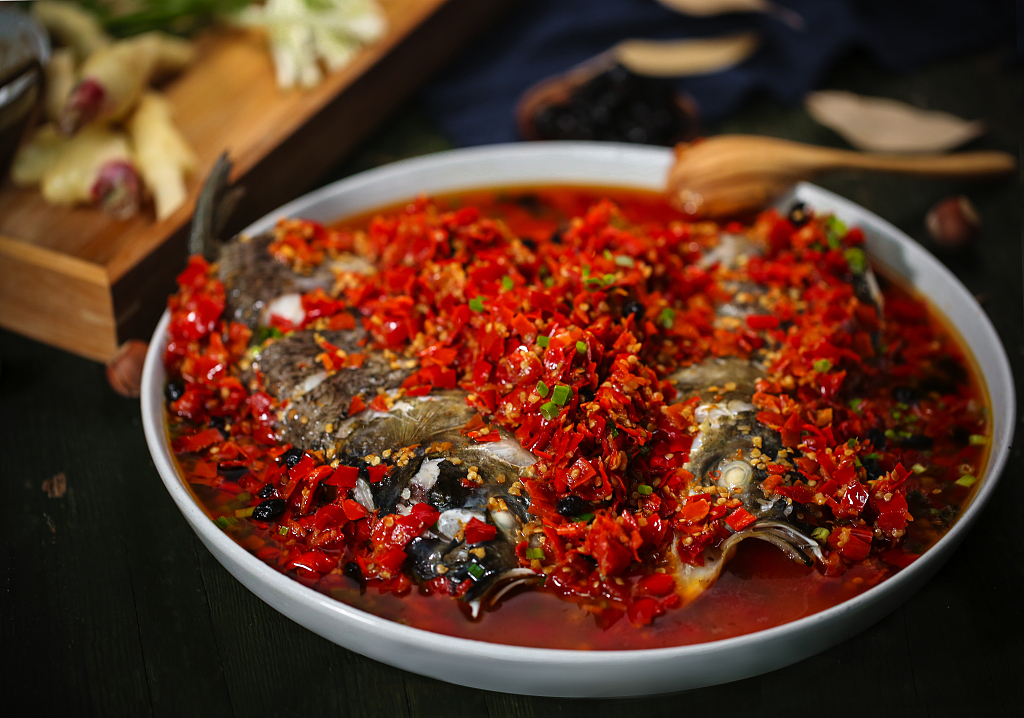

China's "Eight Cuisines"
China has had a long culinary history. In the Shang and Zhou Dynasties (1600-221 B.C.), Chinese cuisine was well developed in terms of cooking methods and dishes taken as part of culture.
Four of the "Eight Cuisines" were publicly recognized as the most mature cooking styles in the early Qing Dynasty (1644-1911), which can be found in recorded Chinese history in a book “Qing Bai Lei Chao.” They consist of the Lu cuisine, which originated from today's Shandong Province; the Yue cuisine, also known as the Cantonese cuisine, originated from Guangdong Province; Chuan cuisine, nurtured by its birthplace in Sichuan Province; and Su cuisine, from today's eastern coastal province of Jiangsu.
In culinary culture, one can easily find the wisdom and tastes of people who have unlocked the challenges of the unpleasant side of local weather, and the technique of making good use of local ingredients for cooking. The tastes have gone on to make further impact, some even shaping the personalities of the people who invented them.
CGTN presents you with their signature dishes and cooking methods, should your taste buds and stomach start to whisper, “My appetite feels a little Chinese today.”
Xiang Cuisine
Located in central China, Hunan Province is yet another place where people eat spices to drive away from the humidity that sometimes comes with the coldness.
In the Hunan dialect, the word for "eating" is different in spelling and pronunciation compared with what is used in standard Mandarin, "chi." For locals, "suo" feels like home.
Below are three signature dishes in Hunan. Some of them have made their way into restaurants across China, but one has mostly stayed in its original location. To Hunan people, its taste is as warm as the sound of "suo" and its name is fried and smoked fish.

Fried and smoked fish. /VCG Photo
"Huo bei zi yu" is how Hunan people call it in Chinese: "Huo" for fire, "zi" for small-sized, and "yu" for fish.
"Bei" could be referred to as "baking" or "drying" in Chinese. Here, it obviously means the latter. So with the crossword puzzle completed, you get what it is.
Basically, people catch fish that haven't grown much yet, clean, and deep fry them, and smoke them with sawdust, orange peels, and peanut shells. For local people who can't live without spice, the fish are fried with chili, as shown in the picture above.

Hunan braised pork. /VCG Photo
Braised pork is not a Hunan specialty. You can also find it in Zhejiang Province, believed to be the birthplace of Dongpo Pork, another renowned dish and cooking style of braised pork belly in ancient Chinese history.
Hunan-style braised pork has one thing nowhere else have, and another ingredient some other places won't do without.
It has chili but does not use soy sauce.
Without soy sauce to their disposal, people in Hunan created sugar sauce by melting sugar cubes in heated oil, giving the meat the same color as soy sauce does.
Sugar is used in Dongpo Pork as well, but eventually, its chili makes up for another taste.

Chop bell pepper fish head. /VCG Photo
Chop bell pepper fish head, or "Duo Jiao Yu Tou" in Chinese, is another iconic dish from Hunan Province. A chopped chili dressing with spicy flavor and salt gives the fish a refreshing taste.
It is said that the dish was accidentally discovered and preserved by an ancient mathematician named Huang Zongxian during the Qing Dynasty. Huang was staying in a farmer's house when passing by a small village in Hunan. The host boiled the fish in plain water with salt and chopped the peppers, serving it as dinner. The dish ended up being very delicious and Huang did not also improve the cooking method but also preserved it.

Copyright © 2018 CGTN. Beijing ICP prepared NO.16065310-3
Copyright © 2018 CGTN. Beijing ICP prepared NO.16065310-3